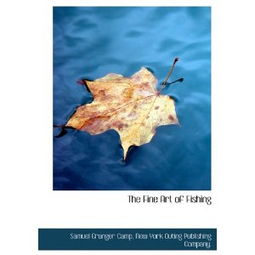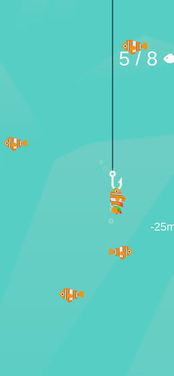Content:
Fishing, an age-old pastime, has always been a source of relaxation and enjoyment for anglers around the world. Whether you're a seasoned pro or a beginner, there's always something new to learn about the art of fishing. One crucial aspect that often goes overlooked is the technique of feeding and placing your bait. In this article, we'll delve into some expert tips on how to optimize your bait placement, ensuring a more successful fishing experience.
Understanding the Bait:
Before we dive into the specifics of bait placement, it's important to understand the bait itself. Bait can range from natural materials like worms and insects to artificial lures designed to mimic real-life prey. The choice of bait largely depends on the type of fish you're targeting and the environment you're fishing in.
Choosing the Right Bait:
Research the Species: Different fish species have varying preferences when it comes to bait. For instance, catfish are known to be attracted to smelly baits, while bass often prefer more subtle presentations. Research the species you're targeting to determine the most effective bait.
Consider the Environment: The environment where you're fishing can also influence your bait choice. In clear, open water, bright and colorful lures might be more effective, while in murky or dense vegetation, natural and less visible baits might be the way to go.
The Art of Bait Placement:

Start with a Light Touch: When placing your bait, it's crucial to avoid making a splash or a lot of noise. This can scare away fish. Start with a gentle touch and allow your bait to settle naturally.
Match the Current: If you're fishing in a river or stream, consider the current. Place your bait upstream and let it drift naturally towards the fish. This mimicry of natural prey movement can be very effective.
Use the Right Equipment: The type of fishing rod and reel you use can also impact your bait placement. A light-action rod is ideal for delicate presentations, while a heavier rod can help you manage larger baits or stronger fish.
Experiment with Depths: Fish can be found at various depths, so experiment with different depths to see where the bite is. Drop your bait down and let it sit for a few moments before reeling it in slowly.
Adjust as Needed: Pay attention to the reactions of the fish. If you're not getting bites, try adjusting your bait placement. This might mean changing the depth, the speed of retrieval, or even the type of bait.
Expert Tips on Feeding Techniques:
Consistency is Key: When using live bait, it's important to keep it lively and active. Regularly shake the bait container or add new bait to maintain its vitality.
Natural Presentation: Try to mimic the natural behavior of the bait as much as possible. For example, if you're using a worm, twitch it slightly to make it look more lifelike.
Avoid Overfeeding: While it's tempting to add more bait to your hook, this can sometimes work against you. Too much bait can make it difficult for the fish to take the hook, or it can alter the natural presentation of the bait.
Use Smaller Hooks: For smaller fish, use smaller hooks. This ensures a more natural presentation and reduces the risk of damaging the fish.
Monitor Your Bait: Keep an eye on your bait to see how it's interacting with the water. If it's getting tangled or not moving naturally, it might be time to change your approach.
Conclusion:
Fishing is an art that requires patience, practice, and a keen understanding of the elements at play. By mastering the technique of bait placement and feeding, you can significantly increase your chances of success on the water. Remember, the key is to be patient, observant, and willing to experiment with different techniques until you find what works best for the species and conditions you're facing. Happy fishing!












